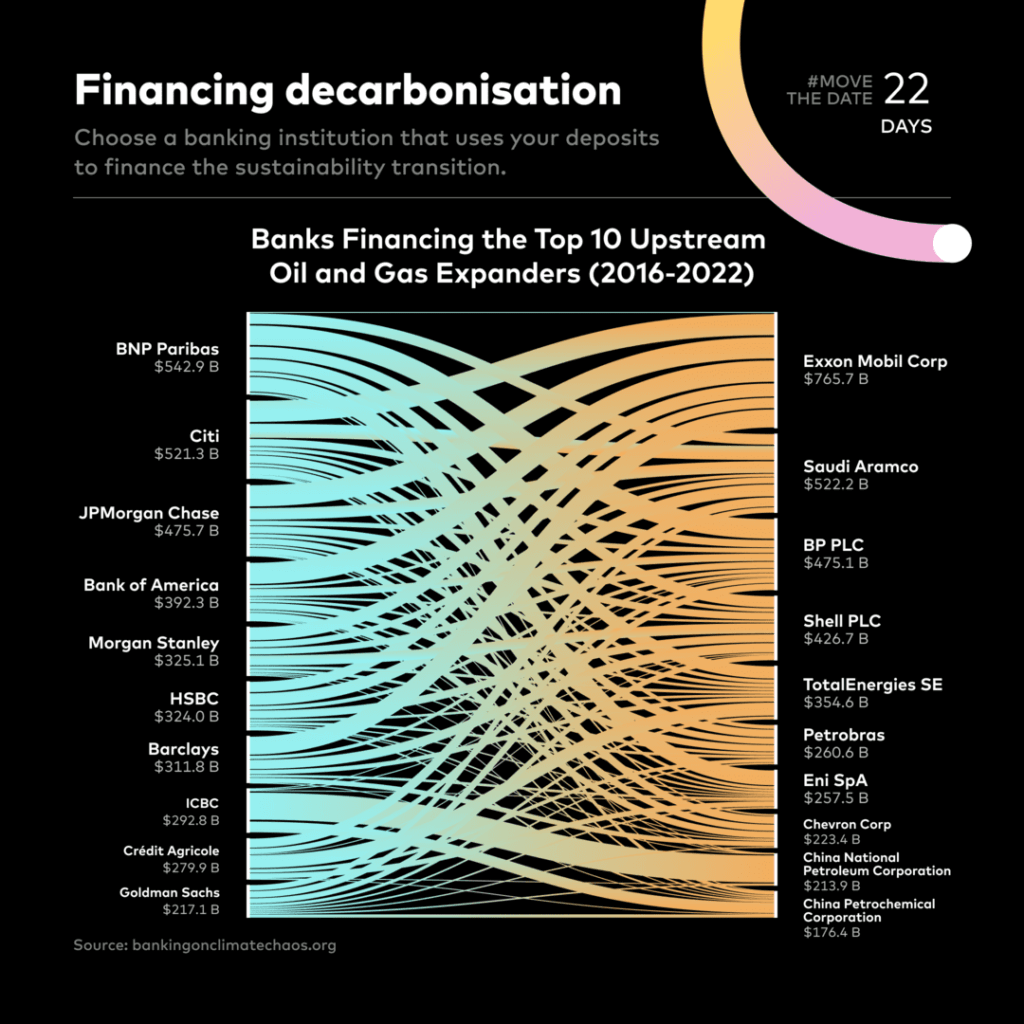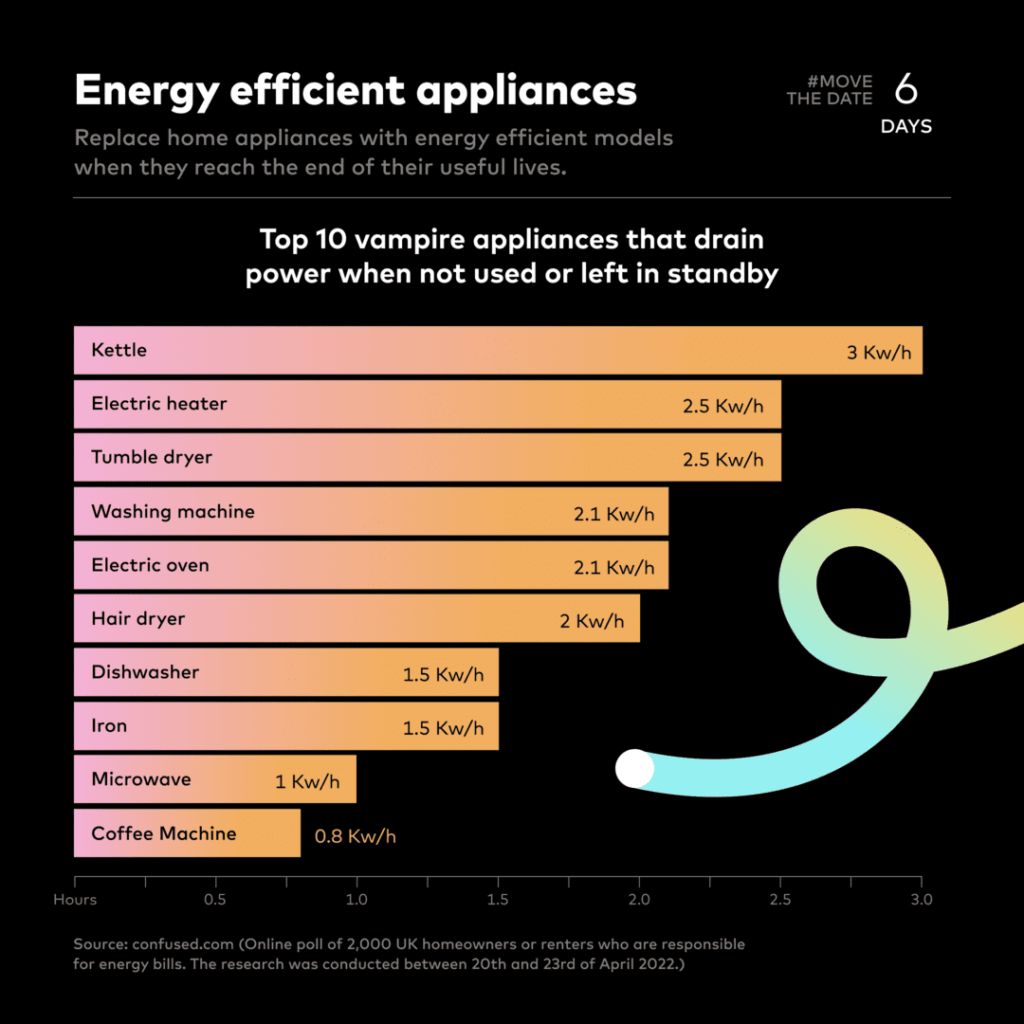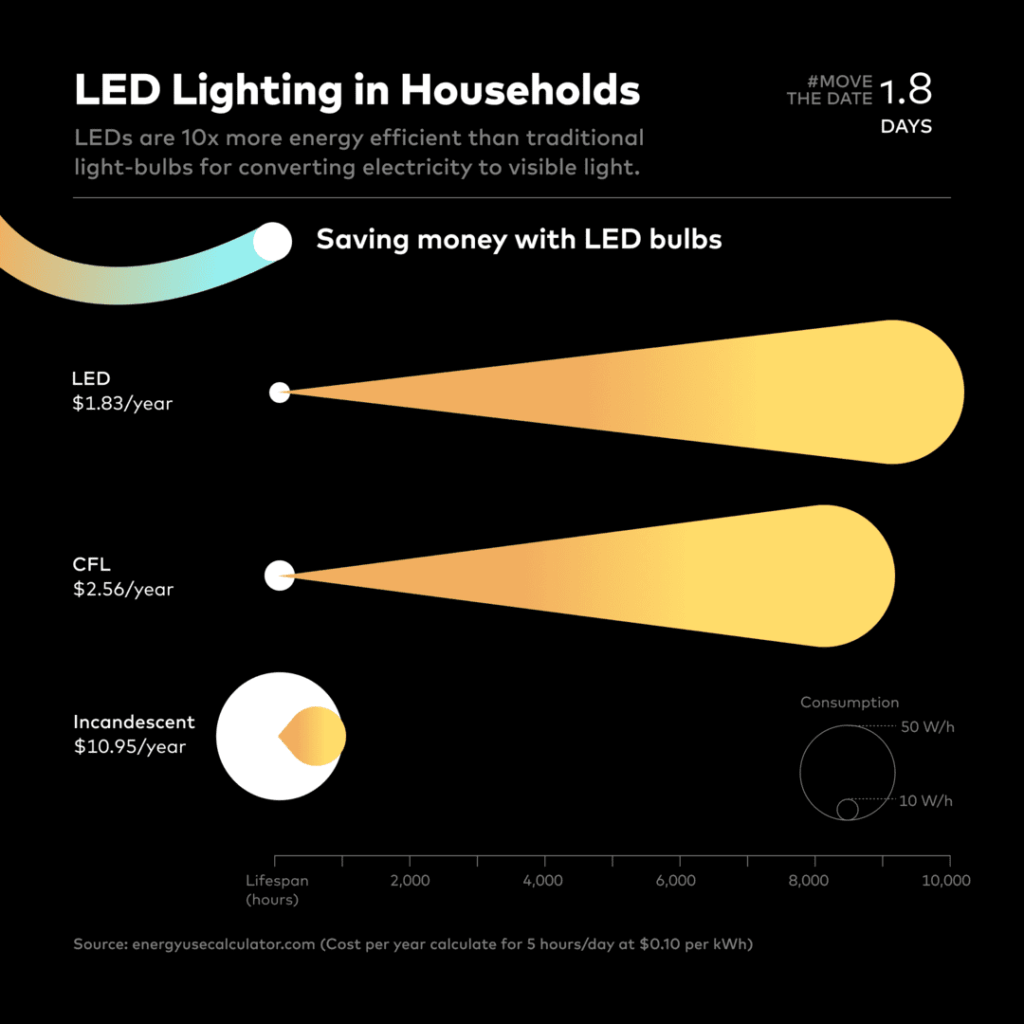 Insight A sustainable spin on New Year’s resolutions
Insight A sustainable spin on New Year’s resolutions
January is the month of good intentions. When it comes to climate action, the task ahead can seem overwhelming, as if small actions at an individual level won’t make a dent. But our work in support of Earth Overshoot Day has shown that seemingly minor changes, made on a large scale, can make a world of difference.
5 things we can all do to #MoveTheDate
In 2023, Earth Overshoot Day fell on 2nd August.
That means that, as a planet, by the eighth month of the year, we had used up our annual budget of ecological resources that could be replaced within a year. To replenish those resources, we’d have needed 1.71 Earths.
Of course, a lot of the big-ticket solutions that could really move the Earth Overshoot date are pretty far outside the reach of our influence as individuals. But there are some small actions that if we all did them, it really could make a difference.
1. Financing decarbonisation

As individuals, who we bank with has a sizable effect on the upstream financing of oil and gas expansion around the world. In the seven years since the Paris Agreement was signed, $5.5 trillion was pumped into fossil fuels by the world’s top 60 private-sector banks.
Online tools like bank.green are empowering consumers to make more sustainable choices around where we keep our funds and who we trust to invest them.
Impact: Putting a collective cap on this financing of fossil fuels could shift the Earth Overshoot date back by 22 days.
2. Acting against food waste

While food waste prevention is gaining attention through the rise of apps like Too Good to Go and Olio, the fact remains that one third of food produced for human consumption globally is lost or wasted.
On the consumer side, food waste prevention efforts include the ‘Look, Smell, Taste, Don’t Waste’ labelling system that has recently appeared on supermarket products. On the supplier side, governments and local authorities can encourage sellers to donate and distribute any food that would otherwise go to waste.
Impact: Incentivising food waste prevention through supplier tax rebates could move the Earth Overshoot date by 13 days.
3. Energy efficient appliances

Yes, iterative product releases and inbuilt obsolescence are fostering a ‘bin-replace’ culture when it comes to tech. And although the prospect of binning and replacing home appliances is hardly sustainable, once it’s time to switch, they represent an area where every homeowner, landlord, etc., can make an impact through more conscious consumerism. In the UK, this is supported by the mandatory use of energy ratings on all new appliances, although the present labelling system isn’t exactly the most user-focused.
Another example of energy efficiency improvements is countering so-called ‘vampire appliances’ – those devices that continue to use power when not in use or in standby mode (think that dreaded red light at the base of a living-room TV). That’s why we chose to visualise the 10 worst offenders in our homes.
Impact: Once they’ve reached the end of their useful lives, replacing household appliances with energy-efficient equivalents could push the Earth Overshoot date back by 6 days.
4. Climate appropriate clothing

In the depths of winter, it can be tempting to turn the heating on full blast, be it at home or in the office. (The same holds true for air conditioning in the height of summer.) But data can help us in our choices around the clothes that we buy/wear before we reach for the climate control.
As an example, Icelandic wool tops the clothing material charts for thermal conductivity – the lower the score, the more heat it will retain in the wearer’s body.
Impact: Reducing demand on indoor climate control by using climate appropriate clothing could move the Earth Overshoot date by 3 days.
5. Household LED lighting

When it comes to converting electricity into visible light, LED light bulbs are 10 times more energy efficient than traditional light bulbs.
Looking more closely, a traditional incandescent light bulb has a lifespan of around 1,000 hours, at a cost of $10.95 per year. By comparison, an LED replacement costs $1.83 per year and lasts for 10,000 hours, with considerably lower W/h consumption.
Impact: Replacing incandescent or compact fluorescent light (CFL) bulbs with LEDs won’t only save consumers money, it could also push the Earth Overshoot date back by 1.8 days.
For more on how we visualised Earth Overshoot Day, check out our content series from August 2023:
How we visualised Earth Overshoot Day
Earth Overshoot and the power of possibility
Earth Overshoot: 5 things we can all do to #MoveTheDate
Earth Overshoot: 5 ways local government can help #MoveTheDate
